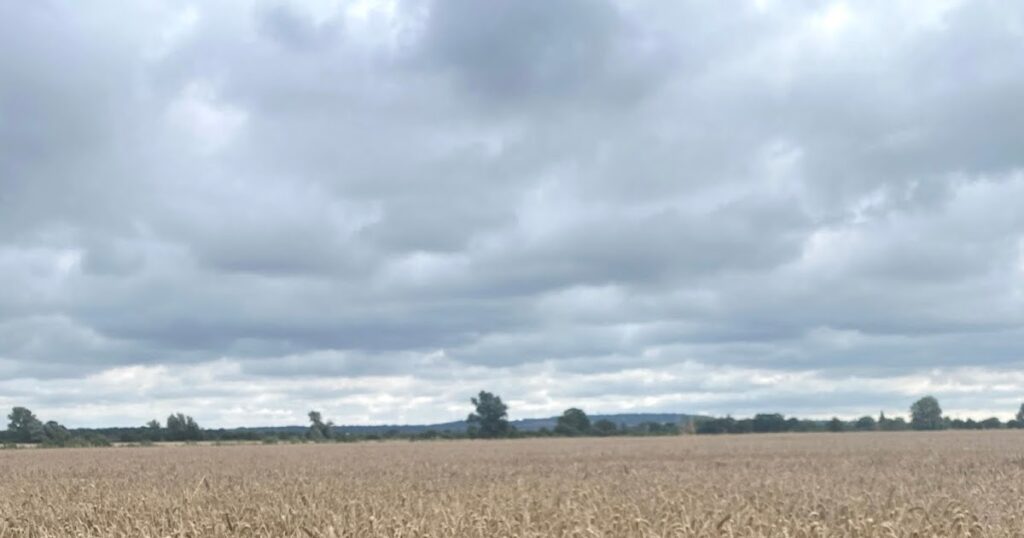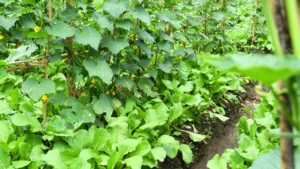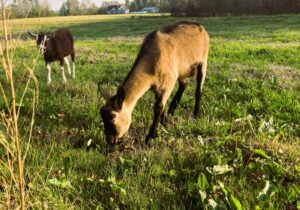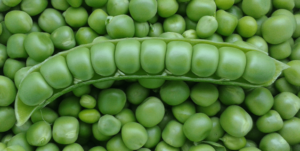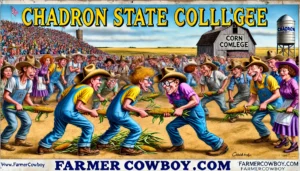Harvest is over. And thank goodness for that. For anyone who follows me on Instagram, the very lack of social media content speaks volumes as to the difficulty of the past few weeks.
2021 seems to have occurred with barely a Summer to speak of, and this has made harvest this year tricky. With regards to wheat, in order for it to keep well in a grain store it is imperative that the grain is dry and cool, to ensure that bugs and disease don’t ruin the crop.
Here in South Essex, getting the crop in dry is very rarely an issue. It needs to be under 14.5% moisture, and we regularly harvest between 12% and 13%: well within the safe zone. However, the absence of a real Summer made this nigh on impossible. The lack of sunny days meant that only very low percentage of loads made it back to the yard below that critical 14.5% figure. This means that over the coming weeks, provided the air is dry and warm, I will be running my crop dryers during the day with the aim of achieving this safe, dry moisture content. For any locals, apologies for this noise, but I wouldn’t do it unless I really had to – it makes me very pleased I installed solar panels a few years back to defray energy costs!
 |
| This was pretty much how all harvest looked this year…grey |
The longer a ripe crop of wheat is left standing in the field, one of the most important quality metrics begins to decline: something called the ‘hagberg falling number’. Essentially a scale of dough elasticity, and imperative to good bread-making. The longer the crop stands un-cut and the more rain at this stage, the more that figure drops, and below a certain level the wheat can no longer be utilised to make bread.
Other issues with peculiar weather came with the threshing of our crops – essentially how easily the grain is beaten out of the ear of the wheat plant. A more usual Summer with a wet-dry-wet-dry pattern and lots of heat means that the grains thresh easily, enabling the combine harvester to move along at a decent pace (often 4-5kph). Given the lack of those genuinely hot days, our forward speed barely made it above 2kph for the majority of our harvest.
 |
| Harvesting beans |
 |
| The beans being tipped in a trailer before being taken back to the farm |
So, already a tough year. But there is something else that can be thrown into the mix: machinery. It genuinely feels like everything broke down this year…
Firstly a grain trailer broke a lug making it too dangerous for the road, and putting us down a trailer for a week whilst it was mended. This was followed up with a diesel leak on the combine (not ideal on something which gets so hot!). The combine then had an issue with an important controller module, and to top it off then gave us ten days downtime with an engine issue. And finally our favourite tractor (admittedly twelve years old now) had a couple of gearbox issues leading to some exciting breakdowns whilst driving down the road!
 |
| It never feels great having to leave a tractor and trailer parked up on the side of the road overnight. Especially with the trailer full of wheat! But at least it didn’t rain… |
Despite equipment woes, our wheat harvest falls into the alright category, especially given the diabolical growing year. We have an added complication with our Spring wheat with something called ‘ergot’ – this is a disease that causes black mis-shapen grains which make people ill if digested (not ideal for food products then!). But the crop has quality enough to be worth the effort of getting specialist seed cleaners in to remove this ergot.
Pulses were another issue… In my previous article I wrote of a hail storm in the middle of July. It transpires that at the time of the hail, most of our pulse crops had ripened, and the colossal size of the hail meant that many of the pods were smashed letting the seed inside fall to the ground. I had already accepted the peas being a write off, but had crossed my fingers that we could salvage something from the lentils. However, as soon as we entered the crop with the combine it was apparent that I was mistaken and that crop too needed writing off.
 |
| A sample of lentils is not meant to look like this. You can make out a few lentils in the mix, but predominantly it is just thistle heads you can see |
 |
| This was a big part of the issue. Fresh green plants growing due to seed being smashed out by the hail storm |
 |
| It has been a dreadfully difficult year for weed control too (hence the thistles in the sample picture) |
To add insult to injury, I decided to mow the peas. This would delay weeds from setting seed, and knock any few remaining pods to the ground allowing the resulting seed to germinate and protect the soil. But we needed to mow close to the ground and managed to flick up a stone which smashed the rear window of the tractor. D’oh!
Given the tricksome year, I was actually rather pleased by my heritage wheat trials in the end. I have now chosen the varieties that I want to major in moving forward, which will take a prominent position in my flour mill. I also managed to get my new seed cleaner set up and have its first trial-run cleaning one of these heritage varieties. I am really pleased with how well it functioned, and can’t wait to have my processing room properly set up. The scratch set up I used to test out the machine left a lot to be desired!
If it isn’t obvious, there has been less to enjoy in
farming lately. So I had a pleasant surprise when down on the marshes a couple of weeks back. A young 21-month-old heifer who I bought in a few months back all of a sudden had an udder! There is usually only one thing which causes that…
 |
| Not the easiest to make out. But you can tell that her udder is full |
I had a chat with my vet, Mia, who went through the alternative (but much less likely) possibilities, and we settled on the assumption that she was in-calf. I went for Red Polls partly due to their ease of calving; but a young, not fully grown heifer might have been putting that ‘easy-calving gene’ to the test.
Over the coming week I observed her regularly, going down three times a day to see her, with Mum & Dad also often going to check. About a week after she had bagged up, I was almost certain it was the day: she was restless, her tail was in the air and swishing about. I left her like this at 12:30, pretty sure she was imminent. And two and a half hours later she had done it – a lovely healthy little bull calf. Who looks all the more tiny given the fact that his next youngest herd mate is four months older than him!
 |
| It’s tricky lining binoculars up with a phone camera lens! |
The heifer mum is on the flighty side, and was very protective of her new calf, so Dad and I gave her eighteen hours before heading down to ear tag and castrate the little chap (named Halibert – all the boys’ names can be abbreviated to ‘Bert). Tagging was fine, but I managed to forget the rubber castrating rings…
Unfortunately, Halibert has inherited his flighty gene from his mother, so there is no chance that we’ll get near him again, making rubber-band castration no longer viable. Instead, Mia will have to perform a surgical castration technique which will be done in a couple of months at the same time as pregnancy testing all my other cows.
 |
| A few days later and mum & calf were a little quieter. I still can’t get close enough to grab a picture of those eyes though! |
I had a text-chat with the chap I bought the mum from, and it seems pretty clear that Halibert is the offspring of incest: the heifer was served by her dad. This is obviously not ideal, and I wonder if it might be some of the reason that the calf seems to have blue eyes! Since he will be castrated and enter the meat market, any less-than-ideal genetics won’t be such an issue realistically.
As you can tell, the best terms to describe the last month are frenetic, frustrating, costly and surprising. Here is hoping we are through the worst of it. For many arable farmers, the end of harvest means a month of quieter time before the throes of seeding-season commence. That is not the case for me! The next month will now consist of running all my crops through my seed cleaner, finishing a lot of building projects and milling some gluten-free buckwheat and wheat.
I am booked to celebrate at the end of the month though – with a week of holiday. So I am knuckling down for now, and can’t wait!
